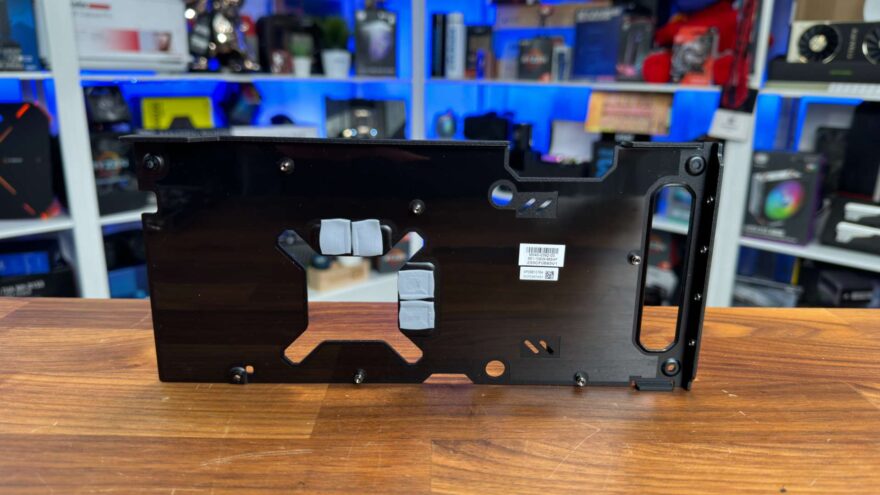Sapphire Pulse RX 7600 XT OC Graphics Card Review
Peter Donnell / 4 months ago
A Closer Look
The card looks great, with the classic black and red that we’ve come to expect from Sapphire’s Pulse series. The shroud is pretty straightforward, with a large enclosure that’s mainly made from plastic, but it does look pretty “gamer” with that old-school PC gaming black and red theme.
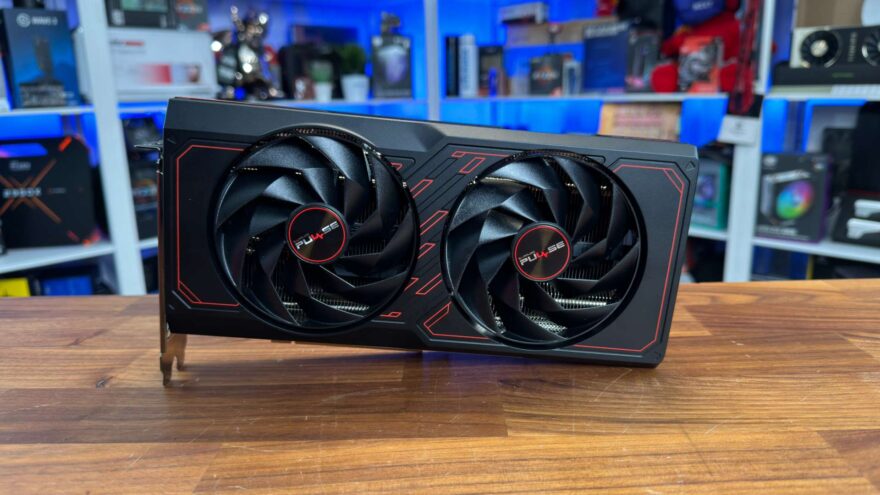
It features two powerful fans, which are massive and run pretty much edge to edge. The fans feature Sapphire’s “angular velocity fan blade” design, and utilise a ball bearing motor which can operate at up to 1700 RPM, and both should provide more than enough cooling performance for this low to mid-range GPU.
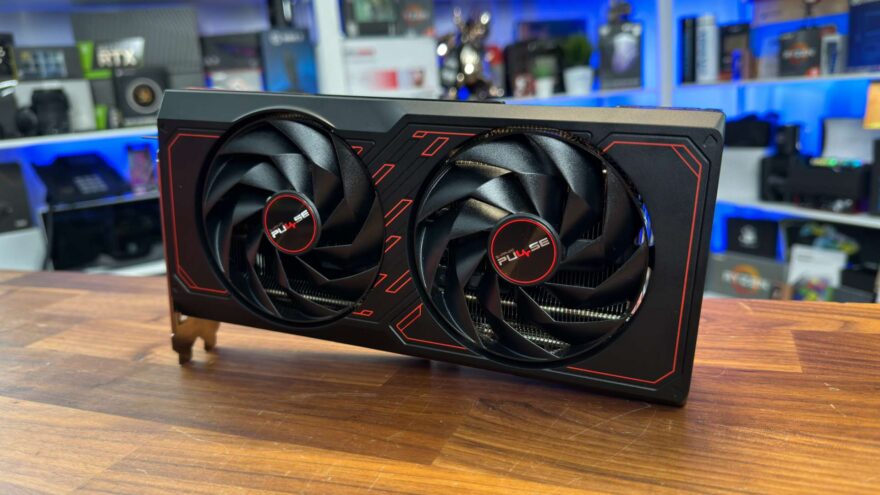
Down the side of the card, there’s a red Sapphire graphic on one side, with a red Radeon logo on the other. Tucked into the side of the card, you’ll find a pair of 8-pin GPU power connectors, meaning it’s compatible with older PSU designs and doesn’t require the newer 12VHPWR connector we see on the current crop of Nvidia graphics cards.
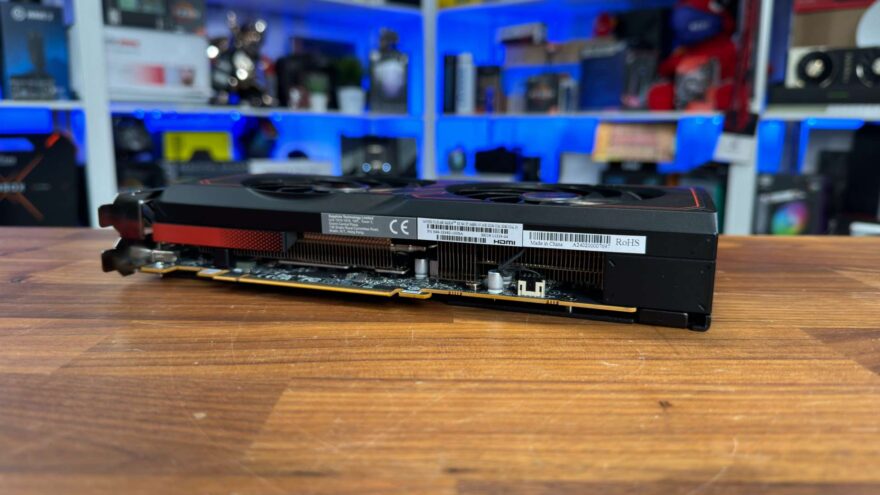
The backplate looks gorgeous, with a full metal plate that features that Pulse graphic running right through the GPU core, as well as the Pulse logo and another Radeon logo as well. There’s a bit of additional ventilation towards the back of the backplate too, allowing heat to be exhausted by the fan behind it, but it’s not as large an area of ventilation as we’ve seen on a lot of recent graphics cards, but it’ll certainly still help with cooling regardless.
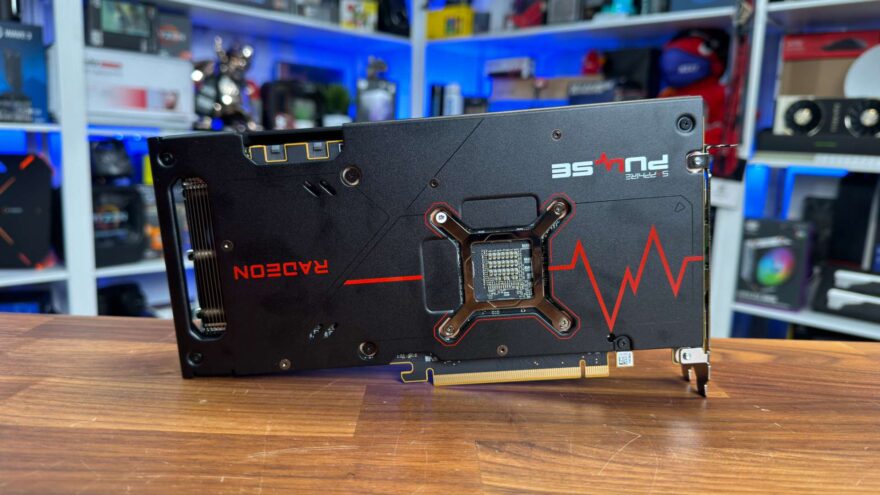
At the back of the card, you’ll find four display connections, with two DisplayPorts and two HDMI ports.
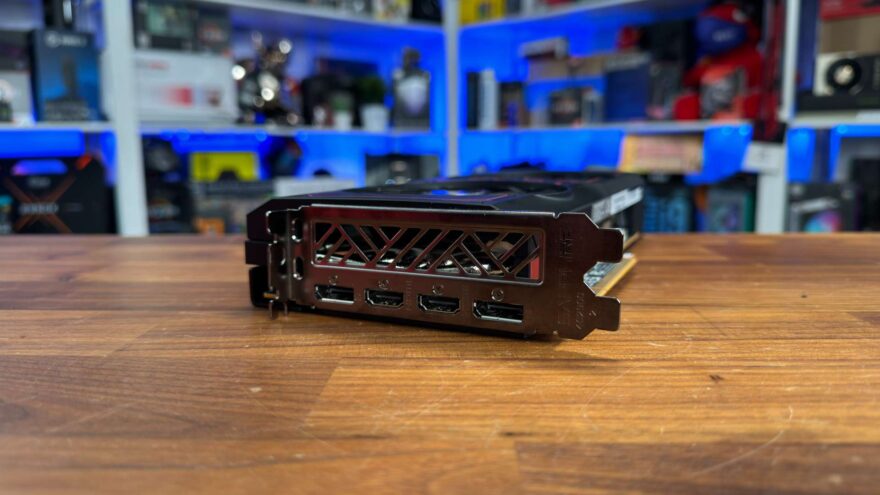
Tearing down the card, you can see that the PCB is almost the full size of the heatsink. It’s a fairly short graphics card in the grand scheme of things, especially when compared to some of the monster-sized cards that have hit the market in recent years.
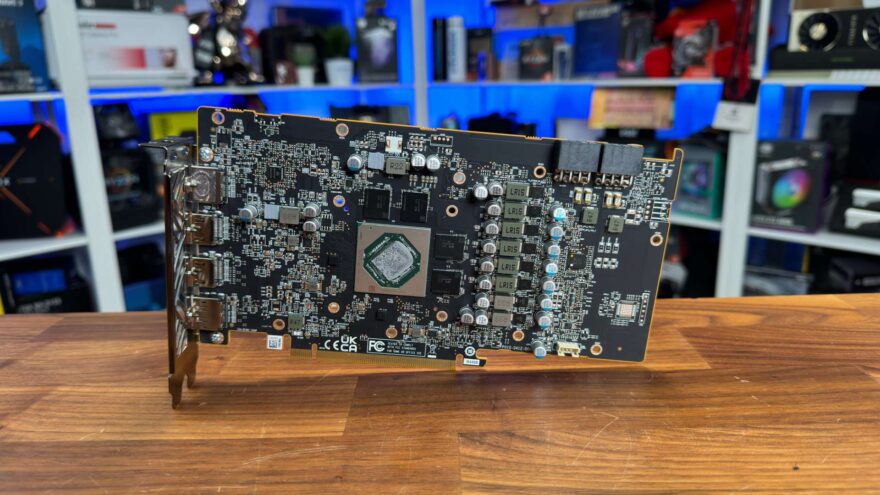
The GPU core is surrounded by four memory ICs on this side, each featuring 2GB of GDDR6 memory, while the rear of the card is where we find the other 4 giving the card its key selling point of 16GB of VRAM.
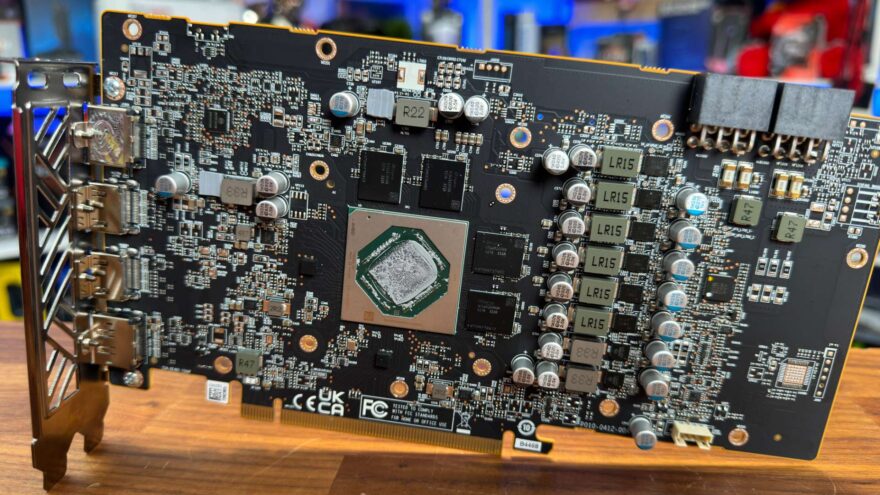
The heatsink is a good size and features a composite triple heat pipe design that will help evenly distribute heat throughout the card. It’s not a huge heatsink, but considering the card is keeping to a 2-slot design, there’s still a fair bit of metal in here.
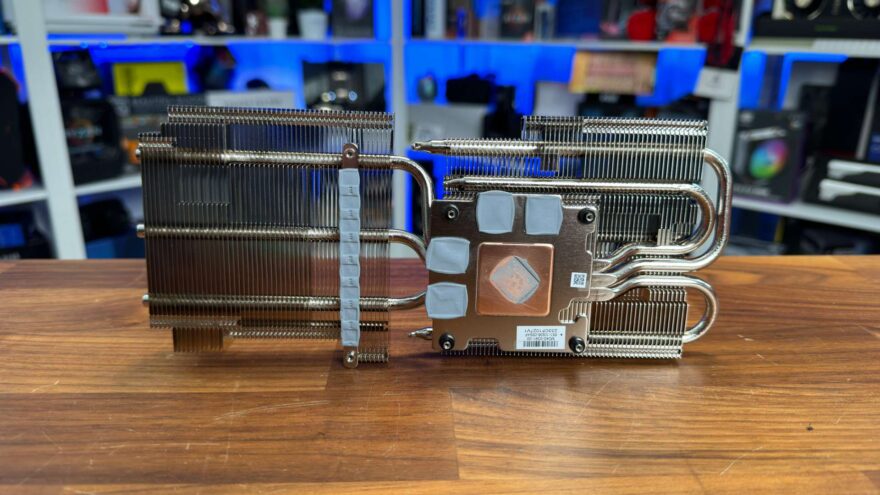
There are large contact points, ensuring that the GPU itself, the VRAM and the power delivery hardware are all directly cooled by the heatsink, which should help maintain thermal and system performance during those long gaming sessions.
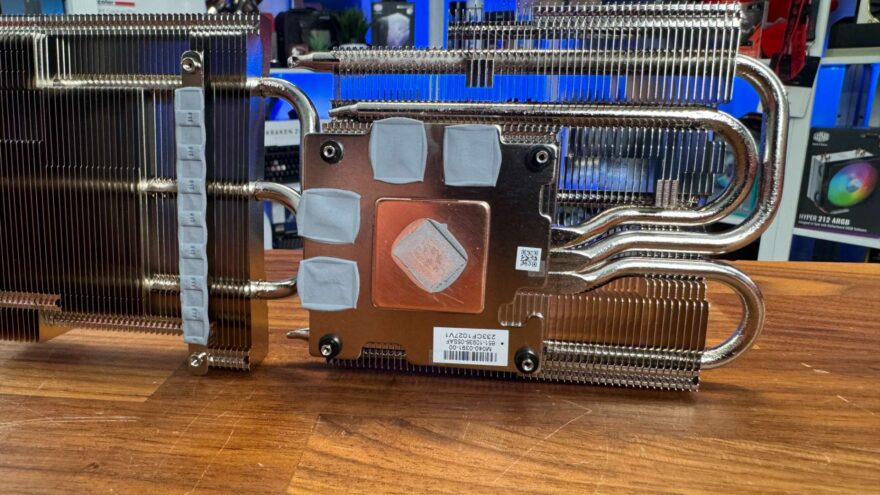
There are even additional thermal pads on the back of the PCB, allowing the backplate to passively cool these components, rather than just adding to the rigidity and aesthetics of the card.
